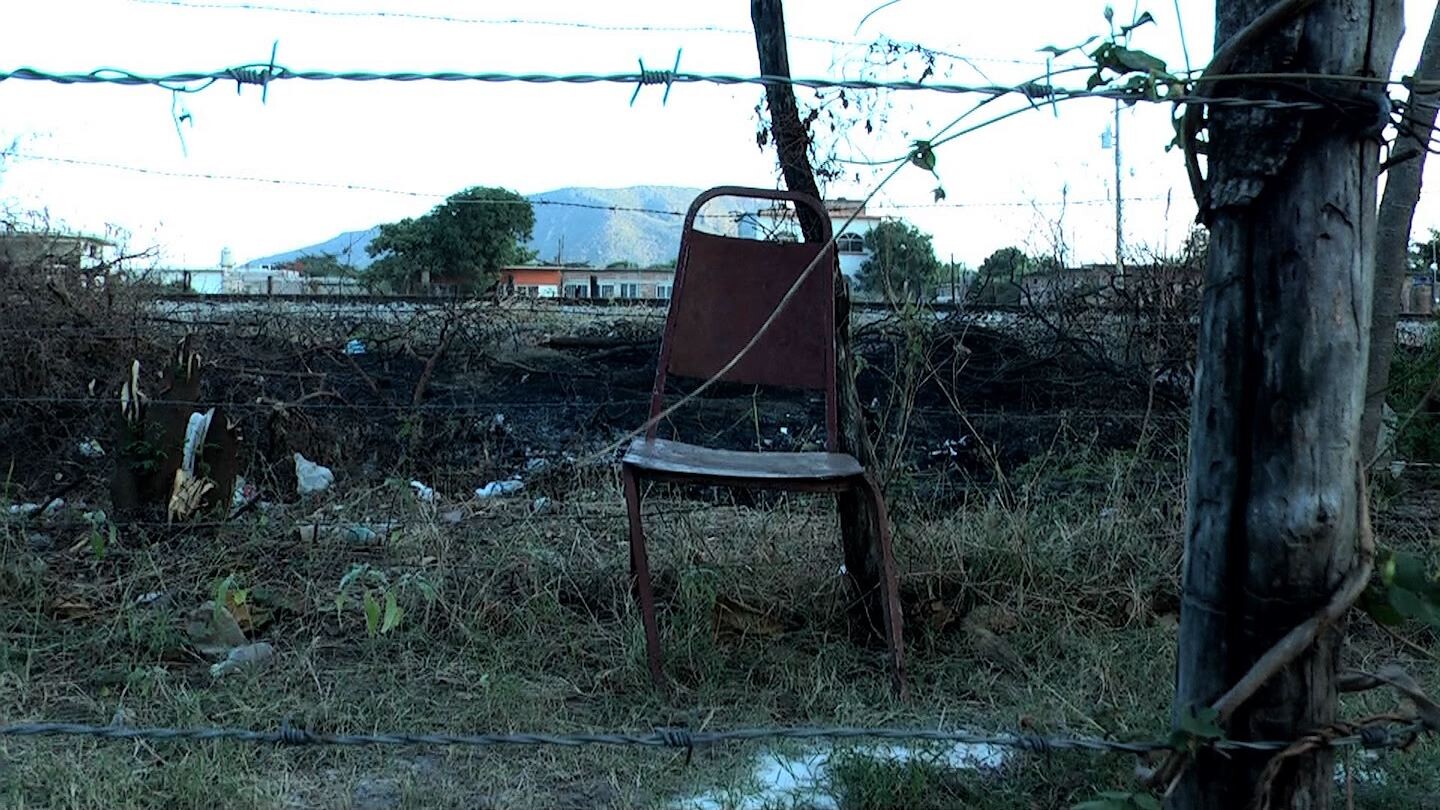Two-part screening of current and previous winners of the e-flux Prize in Oberhausen
Part Two
July 11, 2019, 9pm
224 Greene Avenue
Brooklyn, NY 11238
USA
Bar Laika is very pleased to present a special two-part screening of current and previous winners of the e-flux Prize in Oberhausen—on Thursday July 4 and Thursday July 11.
The fifth e-flux Prize in Oberhausen was awarded at the 65th International Short Film Festival Oberhausen to German artist Maya Schweizer for her film L’Étoile de mer (11 minutes, color and b/w). Adeptly collaging clips and sounds from other films with text and aquatic footage, this film about film questions the slipperiness of images, which can be both familiar and enigmatic.
The e-flux Prize in Oberhausen awards 3,000 euros annually to an exceptional film and video work which reshapes the poetic and electric potential of moving images in the age of planetary circulation of information. The 2019 international jury members were Clarissa Chikiamco (Singapore), Javier H. Estrada (Spain), Jörg Heiser (Germany), Adina Pintilie (Romania), and Salla Tykkä (Finland).
PROGRAM
THURSDAY, JULY 4, 9PM - PART ONE
2019 winner: Maya Schweizer, L’Étoile de mer (The Starfish), Germany 2019, 11 minutes
L’Étoile de mer is an experimental navigation in the Mediterranean Sea, underwater shots, silent movies, the author’s own video archive and underwater shots, faded-in texts, and a sound collage. This image-and-sound essay is about forgetting and the sea as a point of reference and reflection. The sea is a flowing, immaterial space and thus seems conducive to forgetting.
Maya Schweitzer studied Art and Art History at the École supérieure d’art d’Aix-en-Provence from 1995 to 1998. She moved to Germany and studied at the Academy of Fine Arts in Leipzig from 1999 to 2002 and later at the Berlin University of the Arts, where she graduated in 2006. She has had solo shows in various German art associations and numerous prizes and awards.
2018 winner: Dimitri Venkov, Gimny Moskovii (The Hymns of Muscovy), Russia 2017, 14 minutes
To tell a history through architecture and music, the film matches the styles of Moscow’s twentieth- and twenty-first-century buildings with electronic variations of the Soviet and Russian national anthem. The juxtaposition captures an aesthetic evolution driven by the evolution of ideology.
Dimitri Venkov is an artist, filmmaker, and professor of Video Art at The Rodchenko Moscow School of Photography and Multimedia. He lectures at Yale University in New Haven, USA, Lomonosov Moscow State University, Multimedia Art Museum, Moscow and National Centre for Contemporary Arts Moscow, amongst others. In 2012 he received the Kandinsky Prize for his film Mad Mimes.
2017 winner: Zhong Su, Animal Year, China 2016, 7 minutes
Animal Year is a story about fate and has been inspired by my personal memory. This is my fourth work, and as usual, I finished the images, the sounds and the music all by myself.
Zhong Su graduated from China Academy of Art in Hangzhou. In 2016, he exhibited, amongst other places, in Animafest Zagreb, the San Diego Asian Film Festival Spring Showcase in the USA, Zhengzhou Experimental Film & Video Festival in China, the Lago Film Fest in Italy, and the Fantoche International Animation Film Festival in Switzerland.
THURSDAY, JULY 11, 9PM - PART TWO
2016 winner: Louise Botkay, Mains Propres (Washed Hands), Brazil 2015, 8 minutes
In the so-called post-colonial era, the poor countries continue to be subjected to the same group of countries that colonized them. In Europe everybody pretends not to know or to remember it. The very same international cooperation that “helps” the poorest countries leaves a scent of infinite dependency in the air.
Louise Botkay is a photographer and filmmaker, utilising Super8, 16mm, and 35mm film, and video and cell phone footage that are developed artisanally by the artist herself. Botkay has worked in several countries including Haiti, Congo, Niger, Chad, the Netherlands, France, and Brazil. Her film Mammah was exhibited in galleries and museums worldwide. She lives in Rio de Janeiro and works between Brazil and France.
2015 winner: Bruno Varela, Tiempo Aire (Air Time), Mexico 2014, 30 minutes
Tiempo Aire is a log of an inner journey, a personal aesthetic manifesto, and an organic revision of audiovisual material recorded between 1994 and 2013 in various locations that range from small communities in Oaxaca and the capital city of that state, to La Paz, Bolivia, or New York.
Bruno Varela’s films have been exhibited in several venues from museums to festivals around the world: Ann Arbor Film Festival, Hot Docs in Toronto, Images Festival in Toronto, The Guggenheim Museum in New York City, and Getty Research Institute in Los Angeles among many others. He is a recipient of a Rockefeller Media Artists Fellowship in 2005.
For more information, contact laika@e-flux.com.


